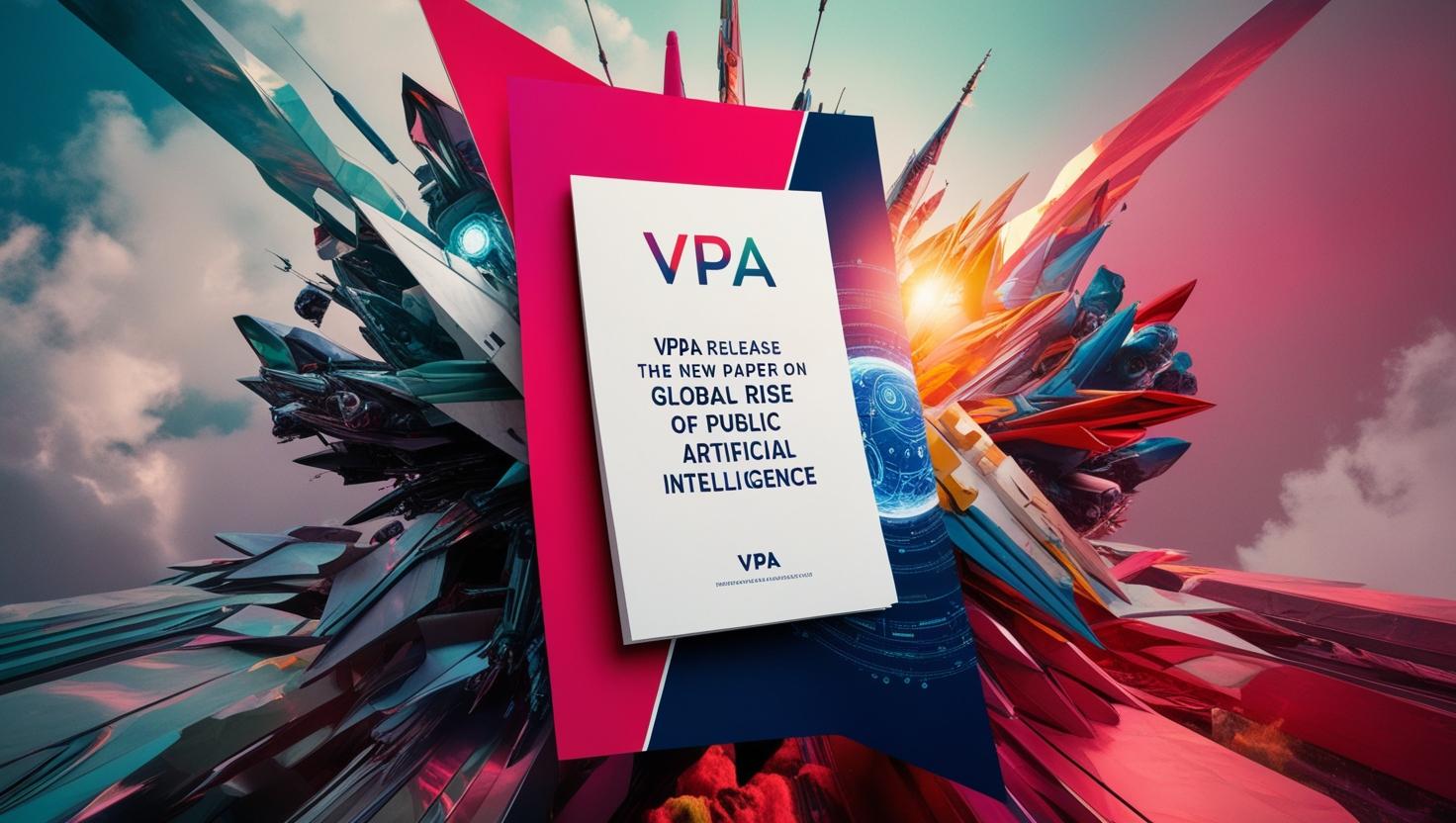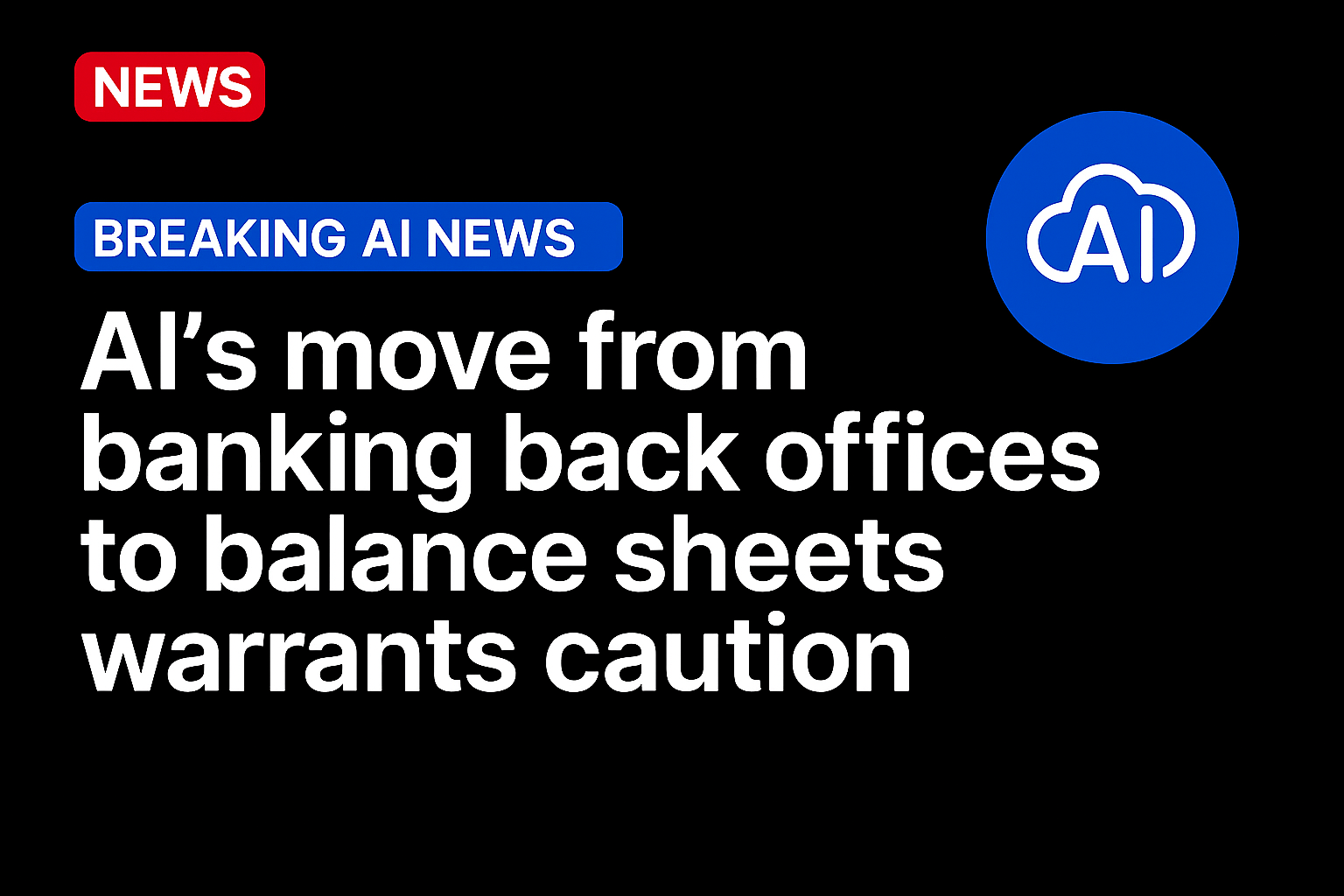Around the world, governments are increasingly investing in artificial intelligence: public investment, partnerships with private firms, and in some cases publicly-run AI resources.
The Vanderbilt Policy Accelerator (VPA) has released “The Global Rise of Public AI,” a new paper from VPA Director Ganesh Sitaraman and policy analyst Karun Parek. The paper examines how governments are building public AI and the strategic considerations behind those efforts. The paper reveals that public efforts to shape markets are already central to the future of AI, and that the stakes are high in choosing between these public AI strategies.
Sitaraman and Parek identify four common approaches to public AI programs: outsourced provision, networked collaboration, state-corporate fusion, and public options. Through case studies spanning nine countries—United Kingdom, India, the United Arab Emirates, Japan, Canada, the European Union, Singapore, China, and the United States—the paper explores how each country is pursuing public AI and what implications each approach has for governance, economic development, and international relations.
“Instead of leaving the sector’s development largely to market forces, countries are actively shaping and crafting the AI sector, [and] are steering it to achieve national aims,” write Sitaraman and Parek. “They are adopting a variety of approaches to public AI, each reflecting different political, economic, and strategic considerations.”
Public AI programs can help build domestic capacity for AI research and innovation, address market failures, and inject competition into the AI marketplace. National security and self-sufficiency arguments have also become important considerations as governments balance the risks and opportunities of AI advancement and reconsider their reliance on dominant tech companies.
But as nations race to establish public AI infrastructure, the choices they make will have profound implications for future technological capabilities, economic competitiveness, and geopolitical standing. Some approaches are more likely than others to entrench monopolies and reduce competition. Some are more likely than others to build public capacity and reduce dependence on contractors. While countries continue to support the development of AI, they should be thoughtful and intentional about the tradeoffs between these different approaches to ensure that public AI truly benefits the public.
The paper is a part of a VPA series on governing AI and VPA’s work on public options and governance. See all of VPA’s papers on AI policy.
This paper emerged from a conference co-hosted by VPA, the Economic Security Project (ESP), and the Mozilla Foundation, with the support of the Rockefeller Foundation.
The Vanderbilt Policy Accelerator for Political Economy and Regulation (VPA) focuses on cutting-edge topics in political economy and regulation to swiftly bring research, education, and policy proposals from infancy to maturity. To learn more about our work, visit vu.edu/vpa





